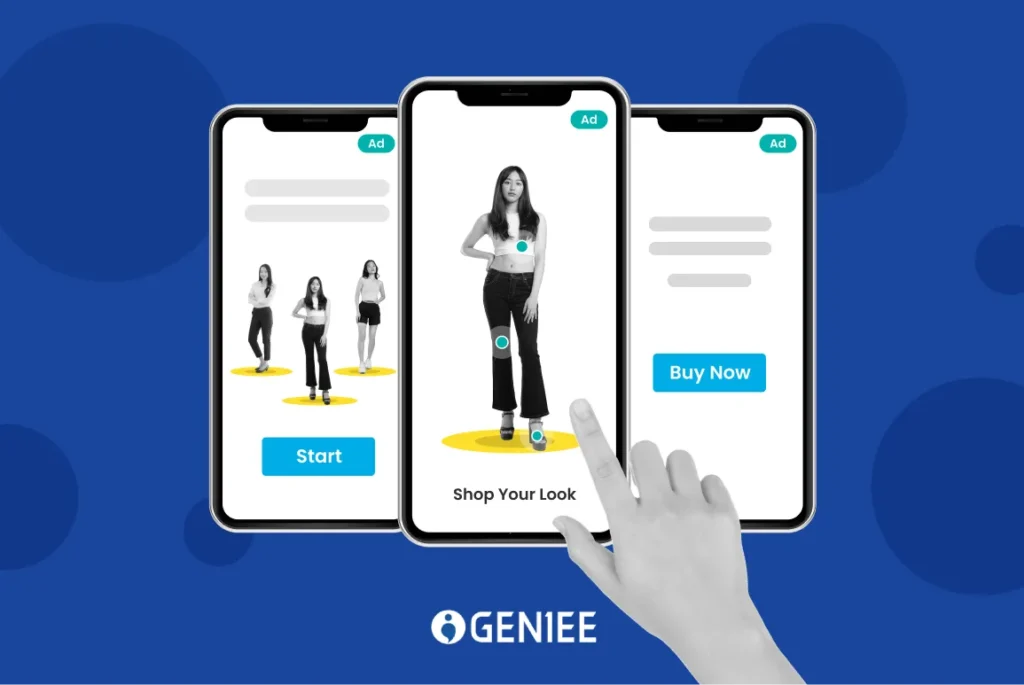
Many forms of ads have been born to meet the demand of advertisers and reach out to potential customers. Rich media ads are developed with that aim in mind. They can engage better with customers with the combination of audio, video, and long-form pictures that call users’ attention. So, what are rich media ads? How do you take advantage of it to boost your revenue? Let’s find out.
What are Rich Media Ads?
According to the definition of Google, rich media is a form of digital advertising, which includes advanced features like video, audio and other elements that encourage users to interact and engage with the content.
While display ads sell with pictures, and instream ads go with video, rich media is the perfect combination of all these types. This will offer advertisers more ways to involve the target audience with ads.
How do they Differ from Traditional Display Ads?
Going through the brief definition of rich media ads, you should decipher the nuance between rich media ads and traditional display ads.
| Feature | Traditional display ads | Rich media ads |
|---|---|---|
| Interactive | Statistic | Interactive |
| Engagement | Lower | Higher |
| Data | Limited | Rich |
| Cost | Generally lower | Generally higher |
| Creative flexibility | Less | Greater |
| Format | Banner, native, video, interstitial. Generally, remains at some fixed size | Expandable, floating, full-screen ads, in banner video. Flexible in sizes. |
More to discover
Native Video Advertising: A Guide to Boost Engagement
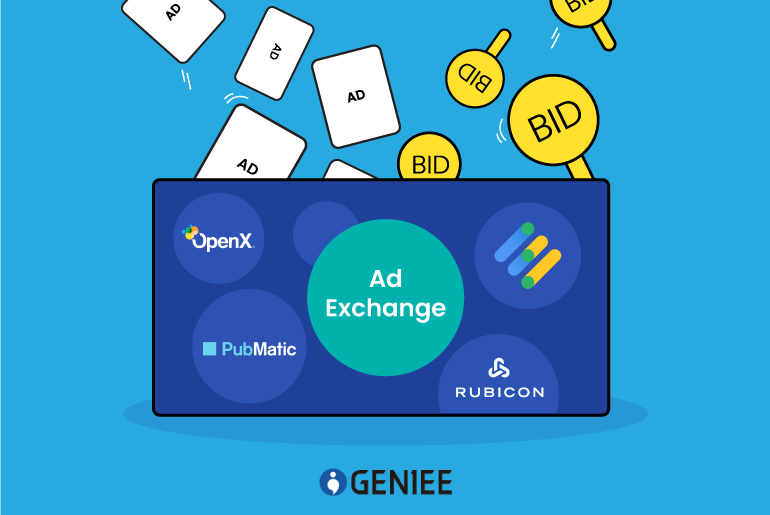
Benefits of Rich Media Ads for Advertisers and Publishers
Compared with traditional formats, rich media ads bring many benefits.
- For advertisers, it enhances users’ experience of their ads by displaying multiple forms such as outstanding images, appealing videos, etc. This results in accelerated brand awareness, and longer ad view time. In the digital age, storytelling in ads can help them stand out.thanks to rich media ads as they have flexible sizes and dynamic nature.
- For publishers, they are likely to earn more revenue from ads because their digital properties offer advertisers more formats with effective solutions. This will require advertisers to spend more money as well as this format leads to higher CPC.
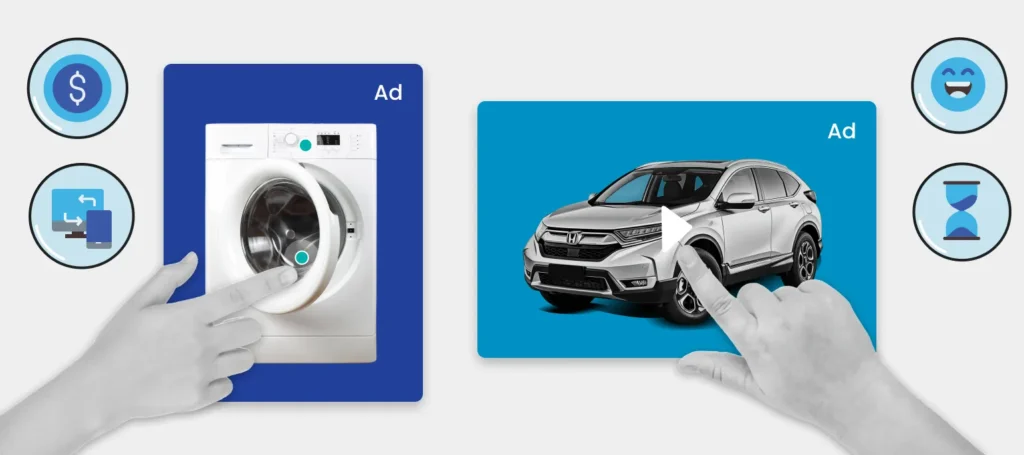
Boosting Ad Revenue with Rich Media Ads
Here is what publishers can do to generate more revenue with this digital advertising.
Optimizing ad placement and ad formats
First of all, publishers need to continuously check to know which placements, formats of rich media ads bring good profit on their digital property. They can do this by analyzing the data of users’ behavior, which are the best touch points, then do A/B testing to verify their hypothesis.
Second, users are at the heart of traffic in advertising, users can easily move to other competitors’ properties to use the service if your websites or apps affect the user-experience. Therefore, publishers need to take care of these factors: ad load times, data privacy consent, and the number of ads on one page of a website.
Third, sometimes, publishers receive campaign bookings from advertisers. Instead of following and accepting the proposal of the advertisers, publishers also need to advise them on which placements and ad formats they should choose to optimize the ad spending and touchpoints of the ads.
Creating engaging ad creatives
Ad placements, and ad formats are all important but don’t forget that ad creatives play a crucial role in maximizing ad revenue. Understanding target audience’s preferences open up more opportunities for publishers’ websites and apps in blocking inappropriate ads. For example, if your website has most of the users aged 15 – 18 years old from Europe, you need to block 18+, gambling ads, otherwise you violate the policy of the country where the users consume ads and annoy them with unsuitable ads.
Utilizing storytelling and branding in the ad creatives boosts ad revenue. When the ads creatives are engaging and have some interesting interactive elements for the users, they can be amazed. This will encourage them to learn more about the products.
Rich Media Ads Examples
Around the world, there are many rich media ads that drive a lot of attraction and impression from consumers, or users. What are they? We have listed some as below:
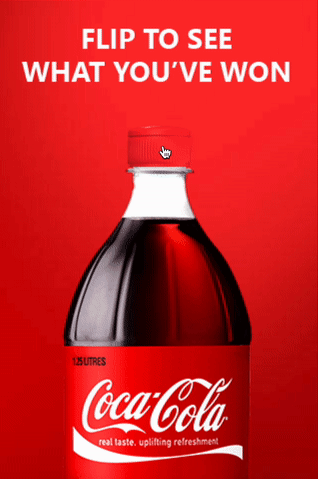
Coca Cola is so popular that I bet you heard about it at least once. This advertisement is a great example of rich media marketing, expertly blending interactive elements with gamification. The ad featured a Coca-Cola bottle and challenged viewers to flip the bottle cap for a chance to win a prize. After revealing the result, users could take a screenshot and redeem their rewards at physical stores. This campaign cleverly tapped into people’s excitement when there was a chance to win something.
Let’s see another one of the best practices of this form of advertising.

Ariel is a laundry detergent brand. Aiming to raise consumer awareness about its products, Ariel created an interactive ad combining gamification and a call to action. Users are encouraged to engage with the advertisement by shooting the germs on “their” dirty shirts.
Challenges and Opportunities of Rich Media Ads
As discussed above, rich media ads are brightening gems with so much potential to generate revenue. However, there are always challenges and opportunities together.
So what challenges do publishers have to face?
- Compatibility issues: Sometimes, when publishers set an ad space for rich media ads, it goes blank because advertisers want to optimize their budget by focusing on specific devices. Another reason is that this type of ad is more costly. For example, if a property agency wants to advertise their houses with expandable ads ( a format of rich media ads), they target only PCs with the size to display on PC, so you can’t see the advertisement on Mobile web.
- Load time and performance: Publishers are concerned with maintaining site performance because this form of ads is resource-consuming and space-demanding. Rich media ads can slow down the page load times, which annoys users and affects user experience.
- Viewability and Fraud: Rich media ads often come with challenges related to viewability (seen by users) and fraud (interactions are genuine). If the platforms which publishers use to operate their websites or apps spot they are cheating, their digital property will be restricted.
What are the opportunities for rich media ads to navigate in today’s digital landscape?
Unlike traditional ads, rich media formats incorporate interactive elements, such as video, audio, and gamification, making them more captivating and effective. This interactivity not only draws in users but also encourages them to spend more time engaging with the ad, which can significantly boost your earned revenue.
Leveraging the Mobile and Video Boom
As mobile usage continues to soar and video content becomes a dominant force online, rich media ads are perfectly positioned to capitalize on these trends. They can incorporate video elements, making them highly effective in capturing attention in a format that consumers increasingly favour. This adaptability across platforms ensures that rich media ads can reach and engage a broader audience.
Data-Driven Insights for Continuous Improvement
Rich media ads also provide publishers and advertisers valuable data and insights into user interactions. By analyzing how users engage with different elements of the ad, publishers can gain a deeper understanding of what works and what doesn’t. The ability to track and measure user behavior in real-time makes rich media ads a powerful tool for refining marketing strategies and achieving better results. This will improve the future campaign and provide publishers valuable insights.
In conclusion
Rich media ads are a hidden gem that publishers need to leverage and maximize their revenue. The compatibility of mobile ads and websites can cause some issues so publishers should keep track of it and take action if issues happen. Rich media ads are not a new format, however, they do have potential and challenges like any other forms of advertising, and take the opportunity to grow based on demographics, user behavior. Or you can partner with advertising agencies such as Geniee. Geniee has more than 10 years of experience in helping publishers grow.

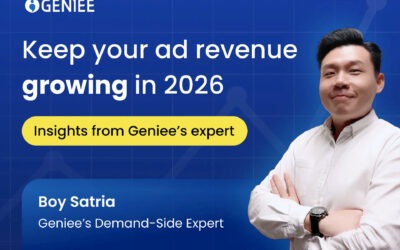
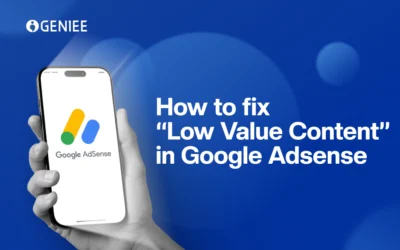
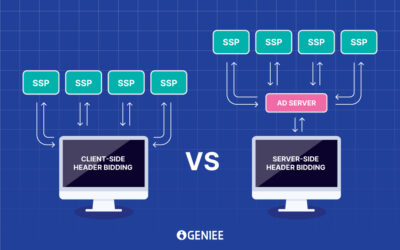
0 Comments